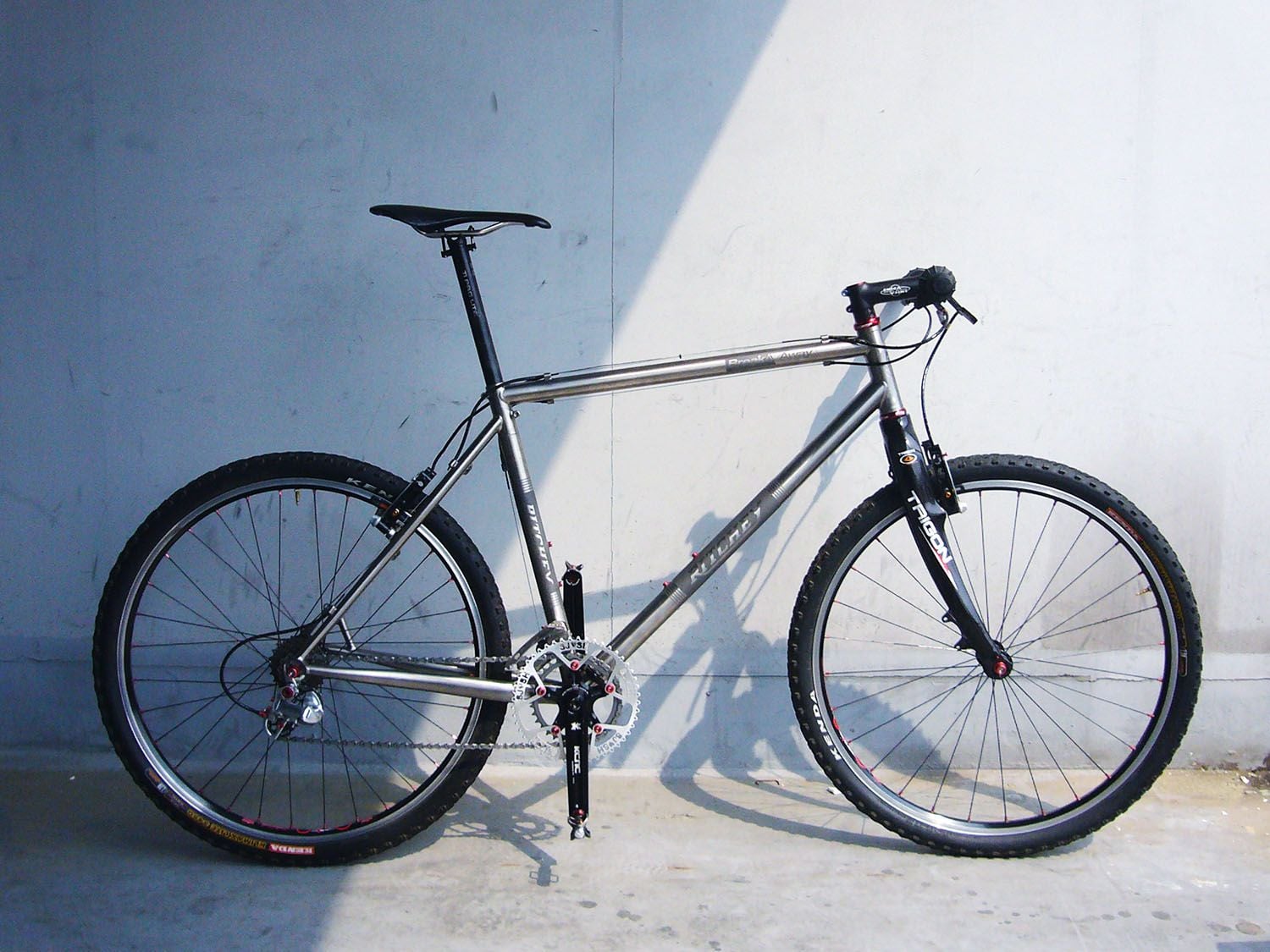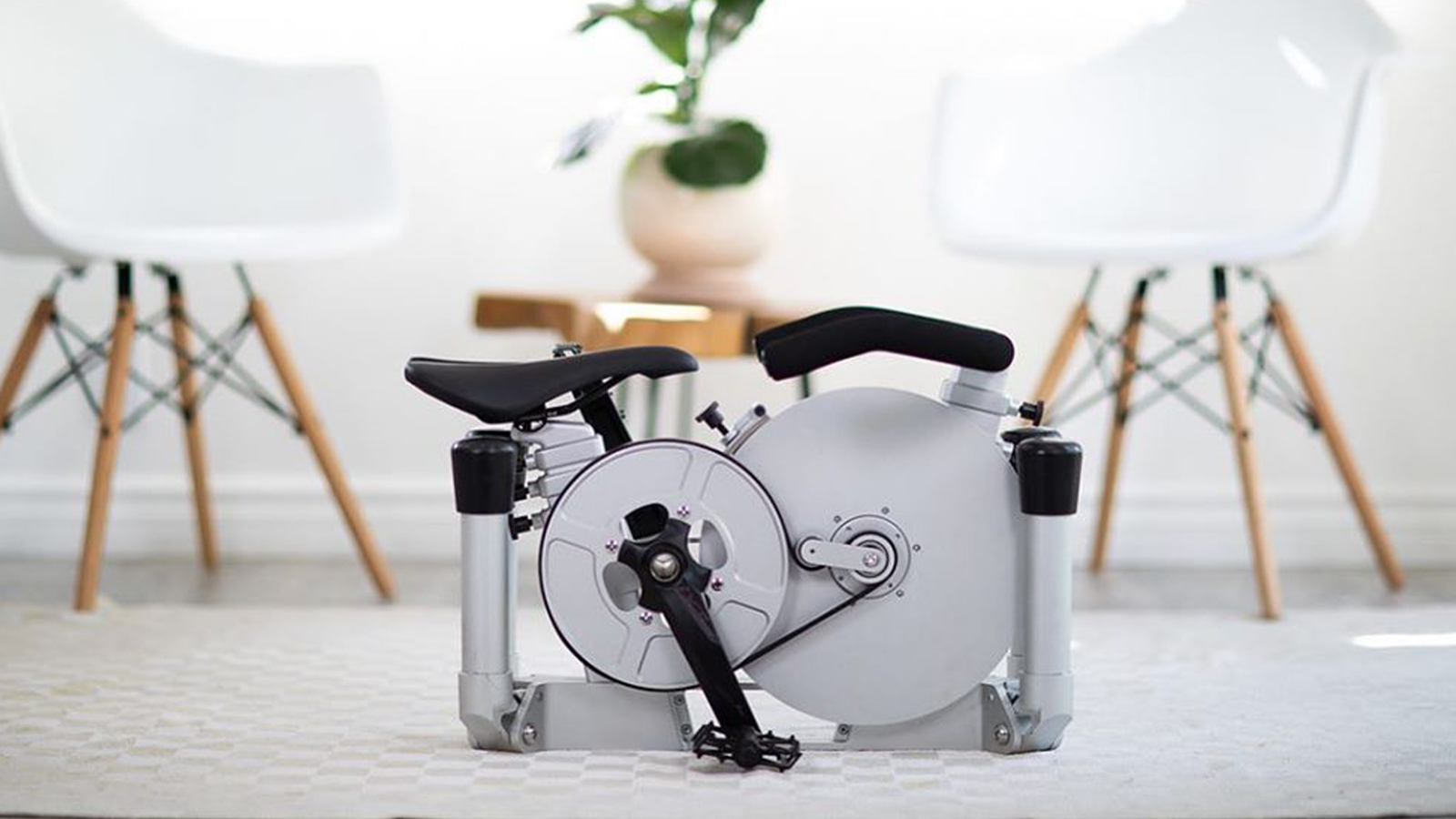
In 2013, in celebration of the 100th Tour de France the stage was shifted to a late afternoon start, finishing in the evening. Major innovations have generally been avoided, with the notable exception of the 1989 stage which operated as a time-trial. The number of laps has varied between six and ten. Since 1978, the final stage has generally started from outside the city, with only the final part of the stage following the core route. In 1977, French Alain Meslet became the first rider to win alone. The Belgian Walter Godefroot won the sprint and Bernard Thévenet received the yellow jersey from the hands of Valéry Giscard d'Estaing. The first stage took place in 1975: this was a Paris-Paris stage of 25 laps (163.5 kilometres (101.6 mi)). Mourousi directly contacted French President Valéry Giscard d'Estaing to obtain permission. In 1974, Félix Lévitan, co-director of the Tour, and reporter Yves Mourousi suggested a finish on the Champs-Élysées. From 1904 to 1967 it was at the Parc des Princes track and from 1968 to 1974, during the heyday of Eddy Merckx, at the Vélodrome de Vincennes.

In the first Tour of 1903, the finish was at Ville-d'Avray. The first edition of Tour de France Femmes in 2022 will also use the course, as the first stage of the race. īetween 20, the course was also used for La Course by Le Tour de France, a women's one-day race. At times this means that the final stage has settled the points classification, which is usually won by a sprinter. On the other occasions (except 1989, when the final stage was a time-trial), the winner has come from a mass sprint and has therefore typically been a specialist sprinter.

Riders try to break away from the peloton to secure victory, though as of 2020 such attempts have only resulted in a victory on six occasions (and on only three since 1979). This consists of between six and ten laps of a circuit of the Champs-Élysées, a wide partly- cobblestoned road. The second part of the race is more hotly contested. The rider leading the general classification - whose lead is by custom not contested on the final stage, though usually it is by that point unassailable - poses for photographs, often taking a glass of champagne on the way. The stage typically starts on the outskirts of Paris, and teams agree on a truce for the opening portion of the race, with cyclists taking the opportunity to have a moment of tranquility, laughing, and celebrating the achievement of finishing the Tour de France. As the final stage of the most recognised bike race in the world, winning it is considered very prestigious. The Champs-Élysées stage in the Tour de France is the final stage of the Tour de France, that, since 1975, has concluded on the Champs-Élysées, an emblematic street of the city of Paris. The Champs-Élysées lap is 6.8km (4.1mi) in length


 0 kommentar(er)
0 kommentar(er)
